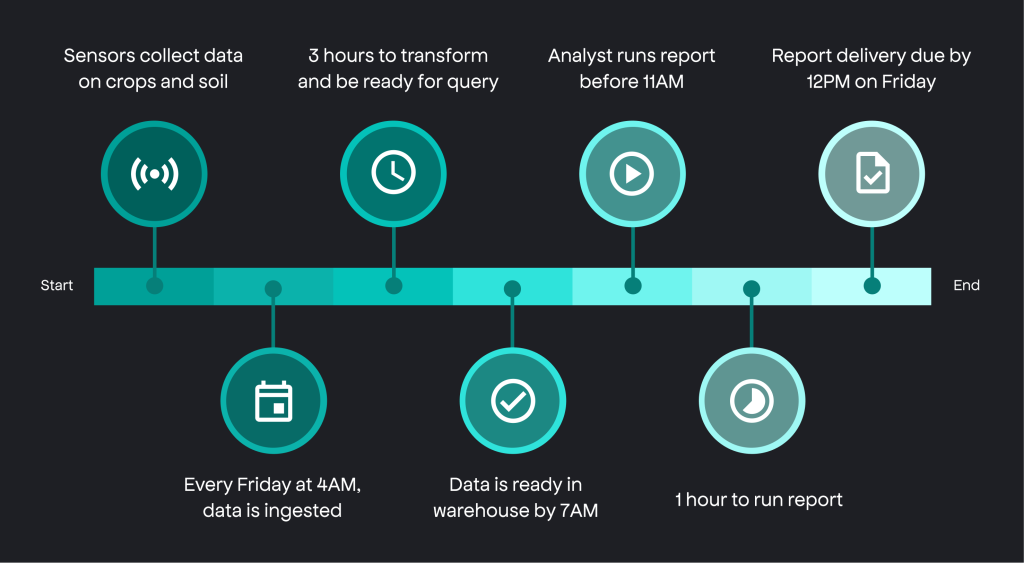
Are you tired of manually detecting anomalies in your data? Do you want to learn how to use DataOps to streamline the process and save time? Look no further! In this blog post, we will explore how you can leverage DataOps to detect anomalies in your data.
What is DataOps?
Before we dive into anomaly detection, let’s first define what DataOps is. DataOps is a methodology that combines agile development, DevOps, and data management to improve the efficiency and quality of data analytics. It involves automating the entire data lifecycle, from data ingestion to data analysis, to improve collaboration and reduce errors.
Anomaly Detection
Anomaly detection is the process of identifying data points that deviate from the normal pattern. These anomalies can be caused by errors in data collection or processing, fraudulent activities, or unusual events. Anomaly detection is crucial in various industries, such as finance, healthcare, and security, to detect potential threats and prevent losses.
How to Use DataOps for Anomaly Detection
Now that we have a basic understanding of DataOps and anomaly detection, let’s explore how you can use DataOps for anomaly detection.
Step 1: Data Ingestion
The first step in using DataOps for anomaly detection is data ingestion. This involves collecting data from various sources, such as databases, APIs, or files, and storing it in a centralized location. DataOps emphasizes the use of automation and standardization to ensure data consistency and quality.
Step 2: Data Preparation
The next step is data preparation, where you transform the raw data into a format suitable for analysis. This includes cleaning the data, removing duplicates, and handling missing values. DataOps encourages the use of reusable and scalable data pipelines to make data preparation more efficient.
Step 3: Data Analysis
Once the data is prepared, it’s time for data analysis. This is where you apply statistical and machine learning techniques to identify anomalies in the data. DataOps promotes the use of continuous integration and continuous deployment (CI/CD) to automate the analysis process and reduce the time to insights.
Step 4: Anomaly Detection
The final step is anomaly detection, where you use the output from the data analysis to identify anomalies. DataOps emphasizes the use of real-time monitoring and alerts to quickly identify and respond to anomalies.
Benefits of Using DataOps for Anomaly Detection

By using DataOps for anomaly detection, you can enjoy the following benefits:
- Faster anomaly detection: DataOps automates the entire data lifecycle, making the anomaly detection process faster and more efficient.
- Improved data quality: DataOps emphasizes the use of automation and standardization, resulting in improved data quality and consistency.
- More accurate anomaly detection: DataOps promotes the use of statistical and machine learning techniques, resulting in more accurate anomaly detection.
- Better collaboration: DataOps encourages collaboration between different teams, resulting in more effective anomaly detection.
Conclusion
In conclusion, using DataOps for anomaly detection can help you streamline the process, save time, and improve the accuracy of your results. By following the steps outlined in this blog post, you can leverage DataOps to detect anomalies in your data and gain valuable insights. So what are you waiting for? Start using DataOps for anomaly detection today!